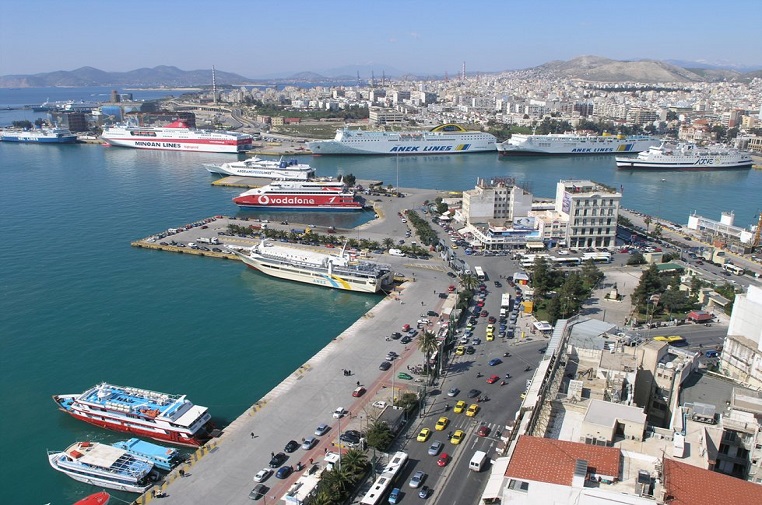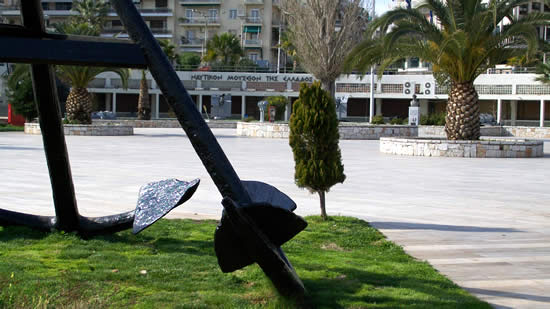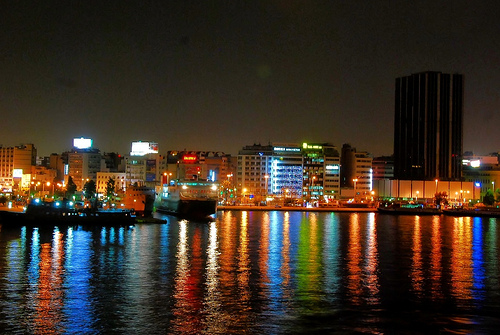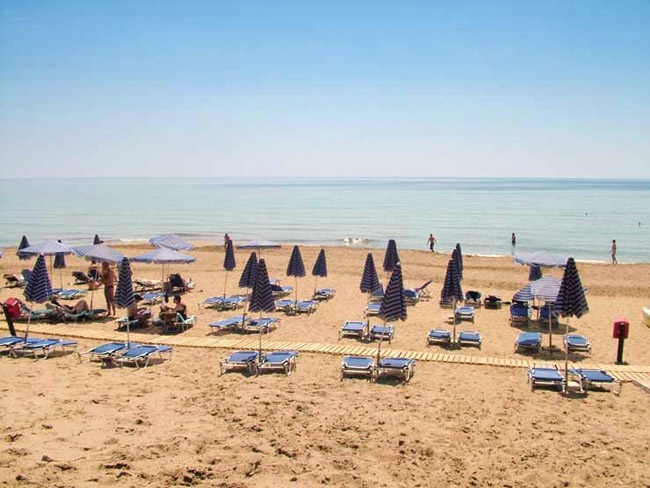Marina
Names: Zea Marina 37’57 N 23’3 9’. 8 E – 700 Berths
Flisvos 37’56’.1 N 23’40’. 8 E – 195 Berths
Kalamaki 37’54’.4 N 23’42’. 1 E – 900 Berths
Vouliagmeni 37’48.3 N 23’46’. 6 E
Dry storage capacity: 25 berths Max Loa 50m with 4m Draft
Other Services: Reception office, Weather Report, Refuelling, Mail, Tel/ Fax, Electricity
& Water, Toilets & Showers, Med Center, Car & Moto Rental, Surveillance
on 24Hr Basis, Laundry & Dry Cleaning, Rubbish Disposal
Places of Interest
Acropolis / National Museum / Plaka / Old Olympic Stadium / Battleship / Many Archealogical sites
Tours: Athens by Night, Athens Sightseeing, Sounion half day,
Mycenae – Epidaurus, Delphi full day, Mycenae – Epidaurus two days,
Delphi two days, Delphi – Meteora 3 days, Meteora two days,
Classical Tour 4 days
Transportation: MiniBusses, Limo, Mini Van, MotoBikes, Taxis.
Accessibility
By Sea: Most islands daily
Ferry Frequency:
By Air:To all major islands and cities.
Airlines: All Major
Airport Details
International Code Name Of Airport ATH
Name : Eleftheros Venizelos
National / International: INTL
Length Of Runway: 13,102 feet
Biggest a/c Accepted: Any size
Stands Available: 82
Private Planes Capacity: Limited Parking depending on size
Distance To/From Airport: 30 km
Civil Aviation Authority Working Hrs: 24 hoursPiraeus (Ancient Greek: Peiraiefs) is a city of Attica and the most important port of Greece
and the East Mediterranean coast.
The wider area of Piraeus includes the homonymous municipality and six more municipalities-suburbs
with a total populationof 466.065 and an extent of 50.4 square metres.
It constitutes the southwest urban part of the Athens, part of the capital-city region.
The centre of Piraeus is 12 kilometres far from the centre of Athens being the historic seaport of the
capital of Attica while the municipality constitutes the centre of the Piraeus Prefecture that is part
of the Hyper-Prefecture of Athens and Piraeus
A number of signs, ancient tomb findings, foundations of temples, houses, buildings, walls and ancient port
structures, in combination with texts from ancient authors referring to Piraeus (such as Thucydides, Xenophon,
Aristotle, Plutarch, Isocrates, Plato, Lycurgus, Demosthenes, Herodotus and Polydeukis)
constitute direct sources for studying the history and the topography of the city.




